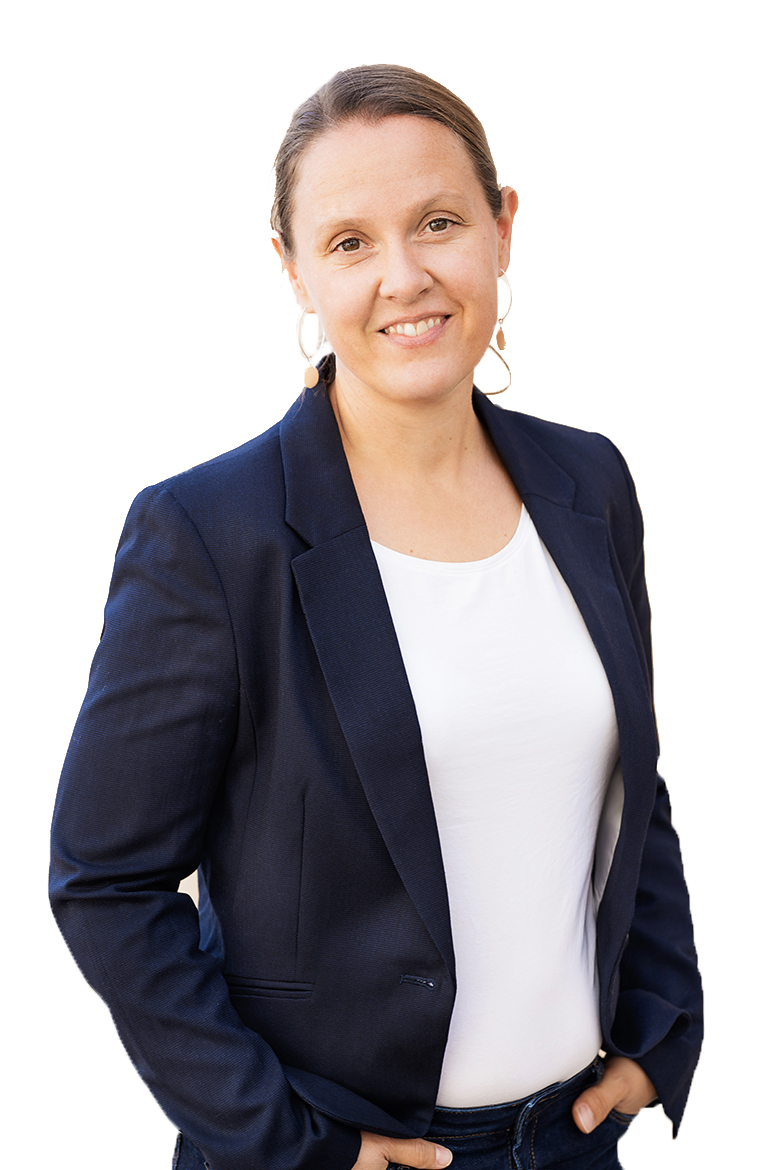Payers Expect Clearer Demonstration of Health Technology Benefits
Sweden and Finland are leaders in developing and applying health technology and provide ideal environments for conducting Health Technology Assessments (HTA) for medical devices.
According to Medaffcon’s Sr. Scientific Advisor, RWE Lead, PhD Mariann Lassenius, the study found that average long-term blood glucose levels mostly remained within target ranges despite the aging population, although some people with diabetes did not reach the reference values.
The study aimed to describe the clinical characteristics and medication purchases of adults receiving insulin therapy in Finland at baseline (January 1, 2012, or the first insulin purchase) and by December 31, 2019. Additionally, it outlined the patterns of basal insulin (BI) usage and associated changes in hemoglobin A1c (HbA1c) levels.
“The strength of this RWE study lies in its nationwide coverage and its focus on type 1 and type 2 diabetes patients treated exclusively with insulin,” described Medaffcon’s Sr. Scientific Advisor, RWE Lead, PhD Mariann Lassenius.
The study comprehensively included comorbidities and medication data from 145,020 patients with diabetes.
“This makes it an extremely important foundation for the continuous development of diabetes care and for demonstrating the need of more effective disease management in some patients,” Lassenius said.
The study included 34,359 people with type 1 diabetes (T1D) and 110,661 people with type 2 diabetes. By 2019, approximately 46% of T1D users and around 21% of T2D users had adopted second-generation basal insulin analogs (BI) alongside the introduction of new non-insulin medications.
Medaffcon’s services included writing the study plan, drafting the protocol, working on the study permit application with Findata and registry holders, analyzing the results, and managing the publication process.
The sources of data were national registries. Adults with at least two reimbursable insulin purchases within 12 months of the first purchase between January 1, 2012, and December 31, 2019, were included.
People with diabetes were identified based on their insulin purchase reimbursement rights from the Kela registry. Kela is the Social Insurance Institution of Finland.
The study utilized existing medical data from various sources in Finland to examine the characteristics and comorbidities of people with diabetes.
People with diabetes were identified based on their insulin purchases and reimbursement rights from the Kela (Finnish Social Insurance Institution) registry. Other data sources included the Care Register for Health Care (HILMO),the Register of Primary Health Care Visits (AvoHILMO), local primary and specialized health care laboratories, and Statistics Finland’s cause of death registry.
All data on medication purchases, healthcare visits and diagnoses, dates and causes of death, and selected laboratory results were linked using Finnish personal identification numbers, and pseudonymised before analyses.
The researchers achieved good geographical coverage for laboratory data. However, they were limited to selected municipalities and regional laboratory service providers due to data access restrictions at the time of the study.
Laboratory data came from the following primary health care providers: Turku, Joensuu, Mikkeli, Espoo, and Keusote, which includes four cities. Together, these health care providers cover approximately 14 percent of Finland’s total population. Regional specialized health care laboratory service providers included HUSLAB (Helsinki and Uusimaa area), TYKSLAB (Turku area), and ISLAB (Kuopio area), covering about 40 percent of Finland’s total population.
The analyses included both primary health care and specialized health care laboratory data.
Diabetes is an increasing global epidemic affecting over ten percent of the world’s adult population. It is associated with significant morbidity and high mortality.
Prolonged untreated hyperglycemia can impact various tissues and lead to severe complications. This is especially true for older patients with type 2 diabetes (T2D), who carry a higher burden of comorbidities.
In Finland, an estimated 429,000 people had diabetes in 2017, representing 15 percent of men and 10 percent of women. Citizens under 30 years old were not included in this figure.

Sweden and Finland are leaders in developing and applying health technology and provide ideal environments for conducting Health Technology Assessments (HTA) for medical devices.

Medaffcon's operations in Sweden are well-established and growing, offering pharmaceutical companies RWE studies and Market Access services delivered by Data Scientists, Market Access experts, and RWE specialists working together. A key therapeutic area is oncology.

The prognosis for patients with multiple myeloma (MM) has improved as treatments have advanced, but the disease remains incurable. The prevalence of the disease is increasing in Finland as the population gets older. This is evident from a recently published nationwide retrospective study based on real-world evidence (RWE).

Sr. Scientific Advisor
RWE Lead
PhD
+358 50 345 2393
mariann.lassenius@medaffcon.fi
Mariann joined Medaffcon’s team in 2016 after finishing her PhD. The transition to real world evidence (RWE) research was a natural continuum to her previous research career. Through RWE studies, she has had the privilege to gain a broad insight into working with different stakeholders within the healthcare field. The vast proportion of her days goes towards interacting with clients, planning and performing RWE studies, and supporting Medaffcon’s RWE team. Subjects that keep her work interesting are the vast variability of customers and projects, problem-solving, and interacting with people.
“The number of RWE studies has increased since stakeholders within the healthcare industry have an increasing demand for knowledge-based decision making tools that need to be fulfilled. The future, therefore, has an ever-increasing emphasis on RWE”.